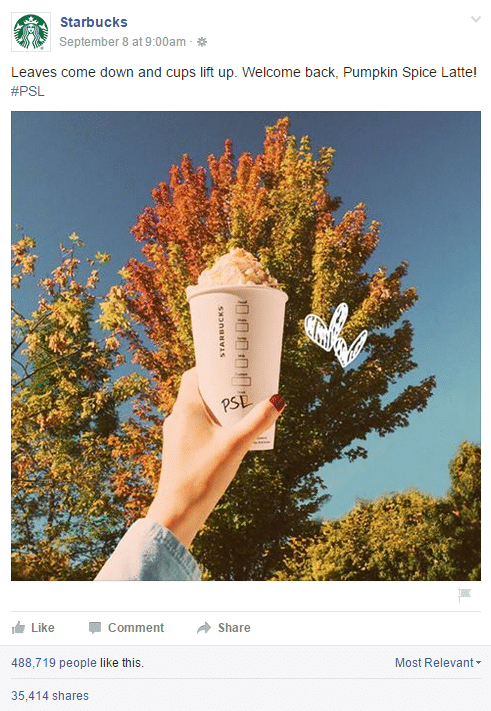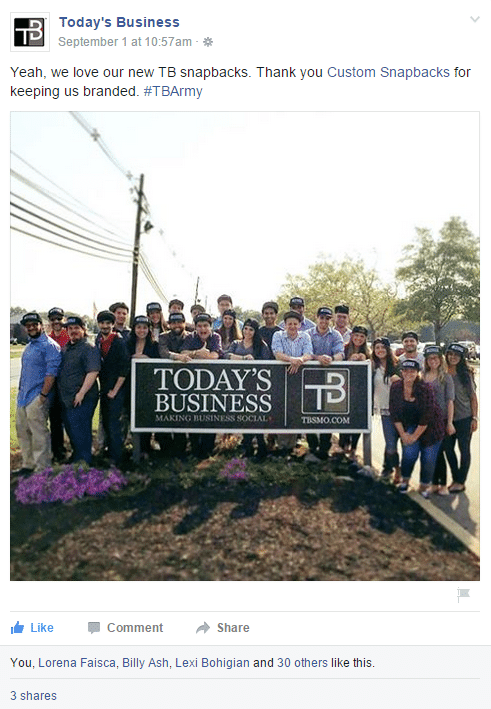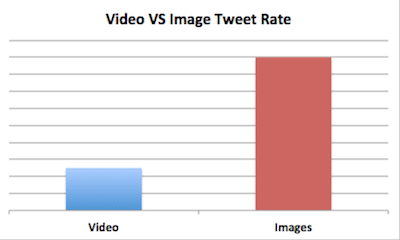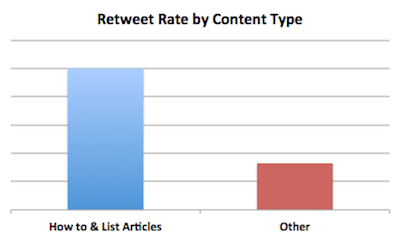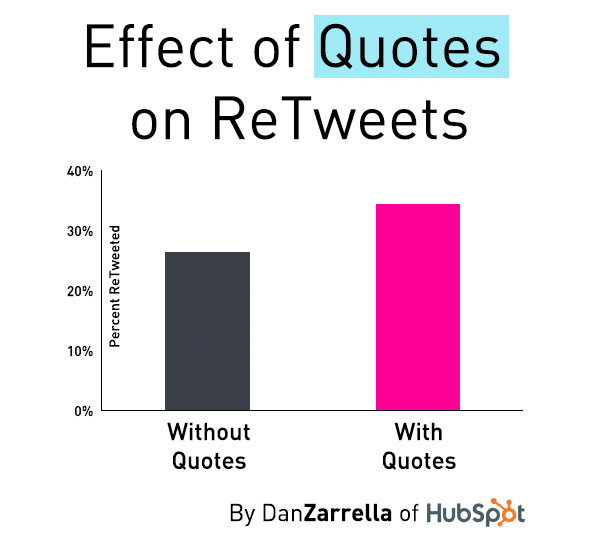Social Media Marketing: Content Strategies To Rock Each Platform pt. 1
So you’ve finally bought into this social media marketing thing, but now you have no idea where to start. Deep breaths — everything is going to be just fine! First, congratulate yourself on choosing to have a social media presence. With that decision, you’ve chosen to extend your reach to target markets previously untapped, increase your brand awareness and loyalty, and last, but most certainly not least, increase your potential for conversions and sales. But social media marketing is no piece of cake; it requires genuine planning, a ton of analysis and readjustments, and proper execution. A successful social media marketing campaign also requires knowledge of various platforms, the purposes they each serve, and a creative strategy to capitalize on the opportunities they present. Here’s a guide including platform specific content strategies, particularly for Facebook, Twitter and Instagram, that’ll put your panic to rest and get you on your way to social media superstardom!
When it comes to Facebook, it’s all about valuable, quality content. Let me retract that statement – when it comes to ANY social media platform, it’s all about valuable, quality content, but with the recent changes that Facebook has implemented, this has become more important than ever.
Facebook is committed to ‘cleaning up’ and reducing the amount of overly promotional content that users see in their newsfeeds. In other words, if your content strategy consists of non-stop sales pitches, you may as well be extinct in the Facebook realm.
Your Facebook content should be varied, engaging and beneficial to your audience. Here are some successful content types and tips to get you started.
A Picture is Worth a Thousand Words
It’s pretty much unanimous across the board: studies and surveys consistently show that posts with images tend to get the most engagement on Facebook. Images should be eye-catching enough to entice fans to read your post. Think about it, as a user is scrolling through their news feed, it’s an appealing image that will get them to stop, read the post, and engage with the content. Images resonate, and they ignite certain emotions in people. Make sure the images you’re using are powerful, relatable and relay the right message. Authentic images and custom graphics will score you extra points!
Starbucks does a great job of this:
Spread the Knowledge
The days of meaningless, click-bait-leading-to-absolutely-nothing type of content are gone. Facebook users want valuable, quality content, and they want it bad. Industry relevant articles, tips and stats will go a long way. Ironically, this content was thought to be ‘boring’ and ‘un-social’ not so long ago. Turns out Facebook users are like sponges; ready to soak in the knowledge and apply it to their personal lives. They’re also impatient and quite skeptical because of the lack of quality of content that has circulated over the years. Next time you’re posting an article or a blog, put yourself in your target audience’s shoes and ask yourself, “Is this beneficial to me in any way?” If not, think about your audience, the subjects that interest them, and tailor your content based on this information. KPI reporting will give you an accurate analysis of this and help optimize your content strategy. Your posts should also be straightforward and give your fans a good idea of what they’re about to read.
It’s Time to Get Personal
This point can’t be overstated, but the days of excessive selling on Facebook are long gone. Facebook users want to establish a personal connection with the brands, companies and organizations that they follow. Behind the scenes shots, pictures from around the office and of your staff, and shots from exclusive events and private functions will all get you tons of likes and engagement. Fans want to connect with you beyond your products and services; they want to get to know the faces and personalities behind the brand.
Today’s Business has this down to a T:
With that said, one of the goals of your Facebook marketing plan should be to increase conversions. Keep in mind that an allocated ad budget is crucial for achieving this goal. With a sufficient ad budget, effective targeting, and the implementation of the above-mentioned content strategies, your Facebook marketing will be on its way!
140 characters, and that’s no typo. It may not seem like much, but if executed correctly, Twitter can be very effective for your social media marketing. In fact, tweets with 100 characters or less have a 17% higher engagement rate.
Because of the limitation on characters, however, your tweets need to be direct and straight to the point. Here are some of the most effective content strategies for successful Twitter marketing.
Stay With the Times
When it comes to Twitter, the main purpose is to share up-to-date content. You can think of Twitter as a microblogging and news sharing platform. How does this tie into your marketing strategy? It’s actually quite simple. Utilize Twitter for sharing your brand or company’s new content and updates, for example, blogs, significant announcements and the launch of new products or services. You should also tweet and retweet significant industry updates and news, and stay on top of relevant trending topics.
Tweets Without Hashtags? #FAIL
A hashtag, recognized as the # sign, is used to mark keywords and key topics in tweets. Based on your industry, you should create a list of relevant keywords that should always be hashtagged when included in your tweets. By placing a hashtag in front of that keyword, your tweet is then grouped into a ‘conversation’. When Twitter users search for those particular keywords, your tweets will then show up. This is extremely important because a user who is searching for that keyword is likely a part of your target market, or at least the correct audience. According to Dan Zarella of HubSpot, tweets with 1 or 2 hashtags are also 55% more likely to get retweeted, increasing your chances of extending your impressions and reach. But don’t go hashtag happy; too many hashtags can also decrease your engagement:
#DYK Twitter Users Like…
Images more than videos. In fact, users on Twitter retweet images 361% more than they retweet videos.
Twitter users also like ‘how to’ lists, articles & blogs. On average, this type of content gets retweeted 3x more than other types of content!
Drawing on Dan Zarella’s studies once more, we’ve also learned that quotes are very successful on Twitter. Check out his findings:
Because Twitter is saturated with a constant influx of information being shared, be sure to tweet several times throughout the day. This especially helps increase your visibility and reach in keywords searches.
When Instagram hit the social media scene, it took the world by a storm…and it hasn’t stopped since! With 300 million monthly active users, you’re bound to find your target market readily available here, but keeping them interested and engaged with your brand is a different story.
Keep in mind that your Instagram efforts are likely going to be completely organic, which places a heavier emphasis on the quality of your content. Here are some tips to get you some #InstaFame:
Be YOUnique
When it comes to social media marketing, or any marketing, for that matter, it’s no secret that it’s a copycat league. This is why more and more social media users and consumers are looking for original content.
In order to achieve true Instagram success, your content needs to be authentic and unique to your company or brand. This includes, but is not limited to, behind the scenes shots from around your office, real time images from exclusive events, sneak peeks of products and services to come, and so on and so forth. Check out Victoria Secret’s Instagram account for some inspiration.
What about that other content that’s working for everyone else in your industry? (Ex: infographics, quotes, industry relevant stats & facts, etc.) Go for it! If it’s working on other accounts, it’s very likely going to work for you, especially if you share to the same target markets. The key here is to make the content unique to you as a brand or company. How do you accomplish this? Have the content recreated around YOUR branding (your colors, your fonts, your own touch). Voila! You’ve just taken a “replicated” piece of content, and made it your own.
It’s All About the Lifestyle
Think of Instagram as your brand’s digital lifestyle magazine. The images you choose to share should be a direct reflection of your voice and imprint within your given industry. If your captions consist of sales pitches, I’m sorry to say but you’ve completely missed the point here (don’t even get me started on including links in your Instagram captions…#UltimateFAIL).
Your Instagram account can display your products and services (in fact, it SHOULD), but your approach should be centered on a pull strategy. Potential customers should be inclined to seek your products and services, but not necessarily be directly “pitched” to.
From a first glimpse at your account, a potential customer should, however, be able to pin point what industry you belong to, what your products and services are, and get to know your brand identity from the story you’re telling through these images.
Make sure your content is not only relatable to your audience, but to the time of year as well. It’s all about being current, engaging and relevant (I may have used that word one or two times before).
Here’s a great example from Audi:
Laughter is the Best Medicine
At the end of the day, everyone loves a good laugh. Humor tends to do very well on Instagram, so be sure to incorporate some humor into your content. From e-cards, to memes, to relatable, humorous quotes, this content should get you engagement all while establishing a connection with your audience.
Keep Calm, and Don’t Hashtag Like Crazy
The days of commenting on your images with a paragraph of “relevant” hashtags are over (although not everyone has gotten this memo). This type of strategy is not only outdated, but hasn’t proven to be extremely effective. Sure, you’ll show up under search results for that particular hashtag, but for how long? If it’s a commonly searched keyword, you’re likely getting pushed down in those search results immediately, and if it’s not a commonly searched hashtag, then you shouldn’t be using it.
The only goal you accomplish by doing this is looking desperate for likes. Ditch this strategy and stick to 3-7 relevant hashtags throughout your caption. Be sure to come up with some authentic ones as well, and encourage your followers to use them.
A successful social media marketing campaign depends heavily on the platform specific content strategies that you implement. If you enjoyed my blog, be sure to stay tuned for part 2 which will cover other platforms such as Pinterest and Google+. Feedback is greatly appreciated, so go ahead and comment below!




.svg)
